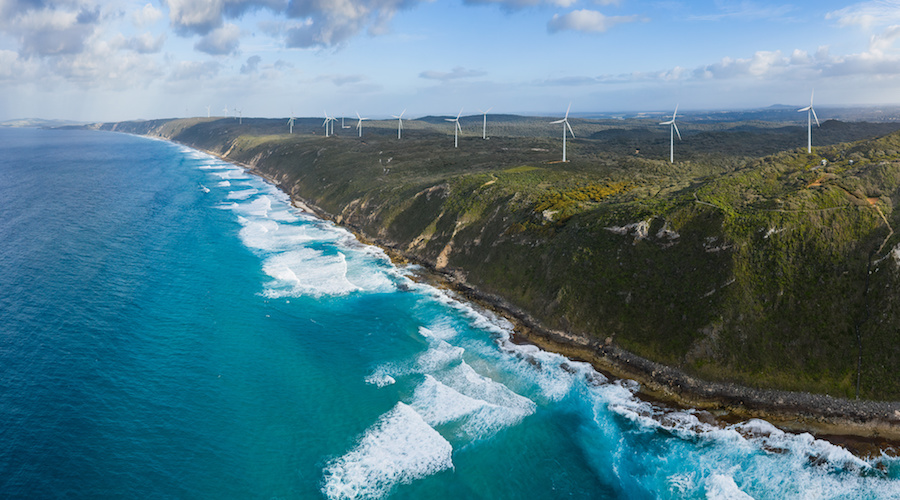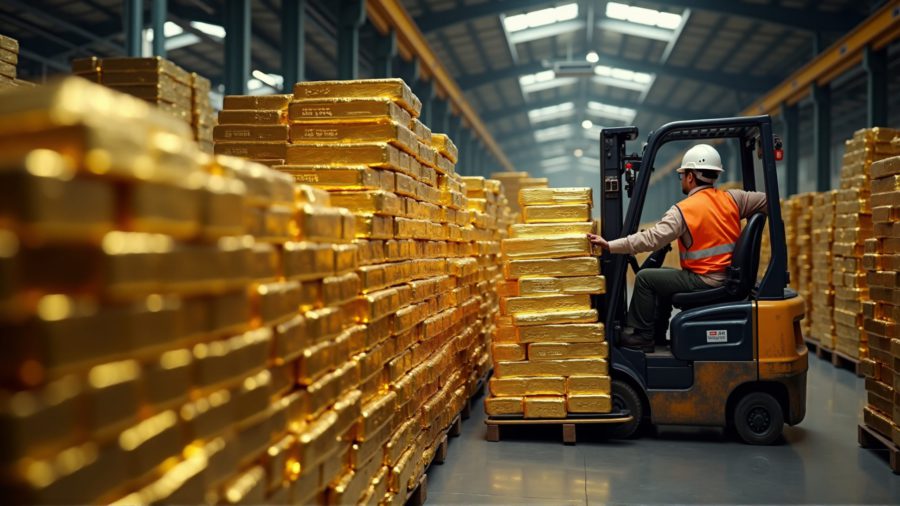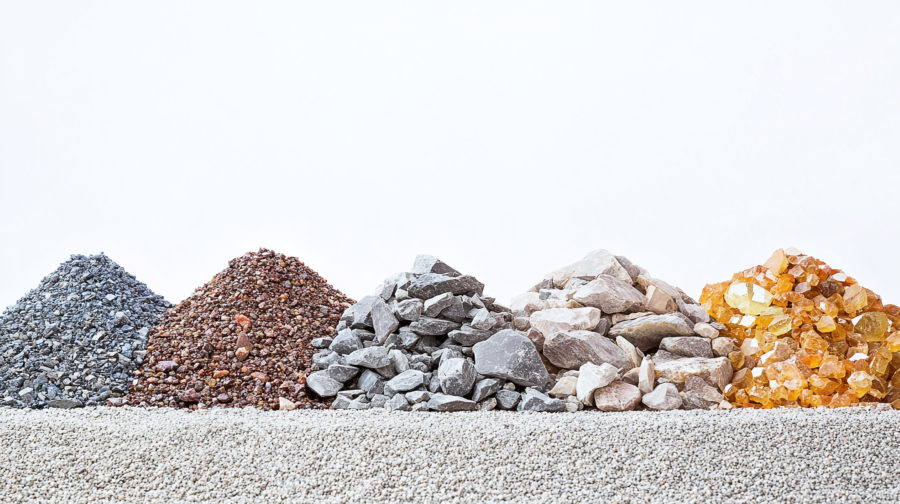BP to lead giant green hydrogen project in Western Australia

BP Plc acquired a stake in and will lead one of the world’s largest clean energy projects, which aims to supply green hydrogen from Australia to key markets including South Korea and Japan.
The London-based energy giant will add a 40.5% interest in the Asian Renewable Energy Hub, which was previously estimated to cost about $36 billion. The project aims to install 26 gigawatts of solar and wind capacity over a vast 6,500-square-kilometer (2,500 square miles) stretch of Western Australia’s Pilbara region, an area bigger than Delaware.
BP declined to disclose details of the cost of the acquisition, citing commercial confidentiality. The company’s interest in the project was first reported last month.
Once fully developed, AREH would produce about 1.6 million tons of green hydrogen, or 9 million tons of green ammonia, a year, BP said Wednesday in a statement. Other partners had previously said exports could begin as soon as 2027.
The project would also supply renewable power to local customers in the Pilbara, the center of Australia’s iron ore export sector that hosts mines operated by producers including BHP Group and Rio Tinto Group.
Green hydrogen, produced using water and renewable power, is forecast for rapid growth this decade, and global output could jump as much as 18-fold to about 11.6 million tons a year by 2030 with strong policy support, according to BloombergNEF. Development of a global trade in the zero-emissions fuel is seen as crucial to enable decarbonization of heavy industry such as steelmaking, luring governments and companies to pump billions of dollars into the nascent industry.
French oil and gas major TotalEnergies SE said Tuesday it would buy a 25% stake in the green hydrogen business of Indian billionaire Gautam Adani’s conglomerate. Meanwhile, Australian billionaire Andrew Forrest wants his Fortescue Future Industries unit to produce an initial 15 million tons a year of the fuel by the end of the decade from a network of global projects.
The Western Australian project will “serve as a long-term clean energy security contributor in Asia Pacific, helping countries such as South Korea and Japan to decarbonize,” Anja-Isabel Dotzenrath, BP’s executive vice president of gas and low carbon energy, said in the statement. “It also reflects our belief that Australia has the potential to be a powerhouse in the global energy transition.”
BP is aiming to diversify its portfolio to capture rising demand for clean energy and to meet investors’ calls for lower greenhouse gas emissions. Chief Executive Officer Bernard Looney is expanding the firm’s solar and wind units, and targeting a 10% share of “core” hydrogen markets over the next decade.
The company began a hiring campaign late last year for a fledgling hydrogen business, but investments so far have been on a smaller scale. A separate project in Western Australia is investigating the prospects of producing green hydrogen at the firm’s shuttered Kwinana oil refinery.
Following BP’s entry into the project, InterContinental Energy will own 26.4% of AREH, CWP Global 17.8%, and Macquarie Capital and Macquarie’s Green Investment Group 15.3%, according to the statement.
(By David Stringer and Laura Hurst)
More News
Gold that flowed into US in tariff bet now slowly trickles out
April 14, 2025 | 12:57 pm
PDAC video: Gabon’s Millennial Potash aims to become Africa’s first potash miner, CEO says
April 14, 2025 | 12:00 pm
{{ commodity.name }}
{{ post.title }}
{{ post.date }}




Comments